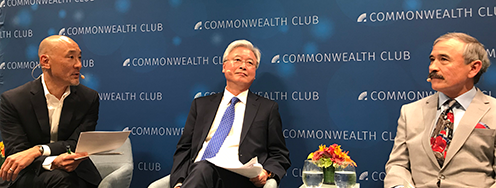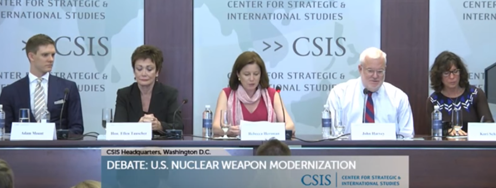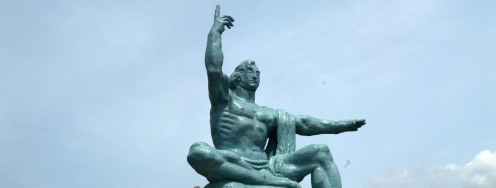The Lesson of Fukushima, Hiroshima and Nagasaki
Sixty-six years and hundreds of kilometers separate the disaster at Fukushima and the hibakusha, the Japanese word for survivors of the Hiroshima and Nagasaki bombings of August 6 and 9, 1945. But the lesson is the same: Nuclear technology is inherently dangerous whether in a nuclear power plant or a nuclear bomb.
Fukushima showed us that nuclear power is neither cheap nor clean. The multiple nuclear meltdowns are one of the most expensive man-made disasters in history. It will take decades and billions of dollars to control, cool and seal the reactors. Radioactive contamination has shown up in milk, meat and urine many kilometers from the disaster site. In the end, officials will likely be forced to bury the reactors in tombs of sand and concrete that will dot the Japanese shoreline for centuries in mute testimony to industrial and government folly.
Hiroshima and Nagasaki demonstrated that science had mastered the basic energy force of the universe, but not our basic instincts. Rather than heed the popular pleas to ban atomic bombs--including from many of the American scientists that built the first bombs--the United States, Russia and other nations made thousands more. Forty years later, in 1986, there were almost 70,000 hydrogen and atomic bombs in the world--enough to destroy life on Earth hundreds of times over.
The good news is that we are moving towards more sane policies on nuclear power and nuclear weapons. The Japanese people are demanding that their government reconsider the entire national energy program--led by those forced to flee their homes near the Fukushima reactors and now also called hibakusha. Governments in Germany, Switzerland and other countries have canceled new reactors. And the rising cost of nuclear power has effectively stalled the "nuclear renaissance," encouraging new investments in safer, cleaner energy sources.
There is also great progress on nuclear weapons. Since 1986, we have cut global nuclear arsenals by more that 70 per cent, down to about 20,000 weapons. More cuts are coming as security officials increasing recognize that nuclear weapons are a liability not a security asset. Many world leaders, including in America and Japan, now seek “the peace and security of a world without nuclear weapons,” as President Barack Obama has said.
There is great resistance to these changes, however. Those that benefit financially or politically from the existing system will fight to keep their jobs and profits. Our new ally, ironically, is the global financial crisis. All the nuclear-weapon states now face budget crises that are forcing them to reduce military spending, including spending on nuclear weapons. We already see this occurring in the United States, Russia and the United Kingdom. The next two decades are likely to see nations continue to move away from the false paths charted at Nagasaki, Hiroshima and Fukushima and towards more rational security and energy strategies.
Ploughshares Fund intends to remain a leader in these efforts.
This essay is adapted from an article published in Japan on August 9 by Kyodo News. The original version can be read here.



